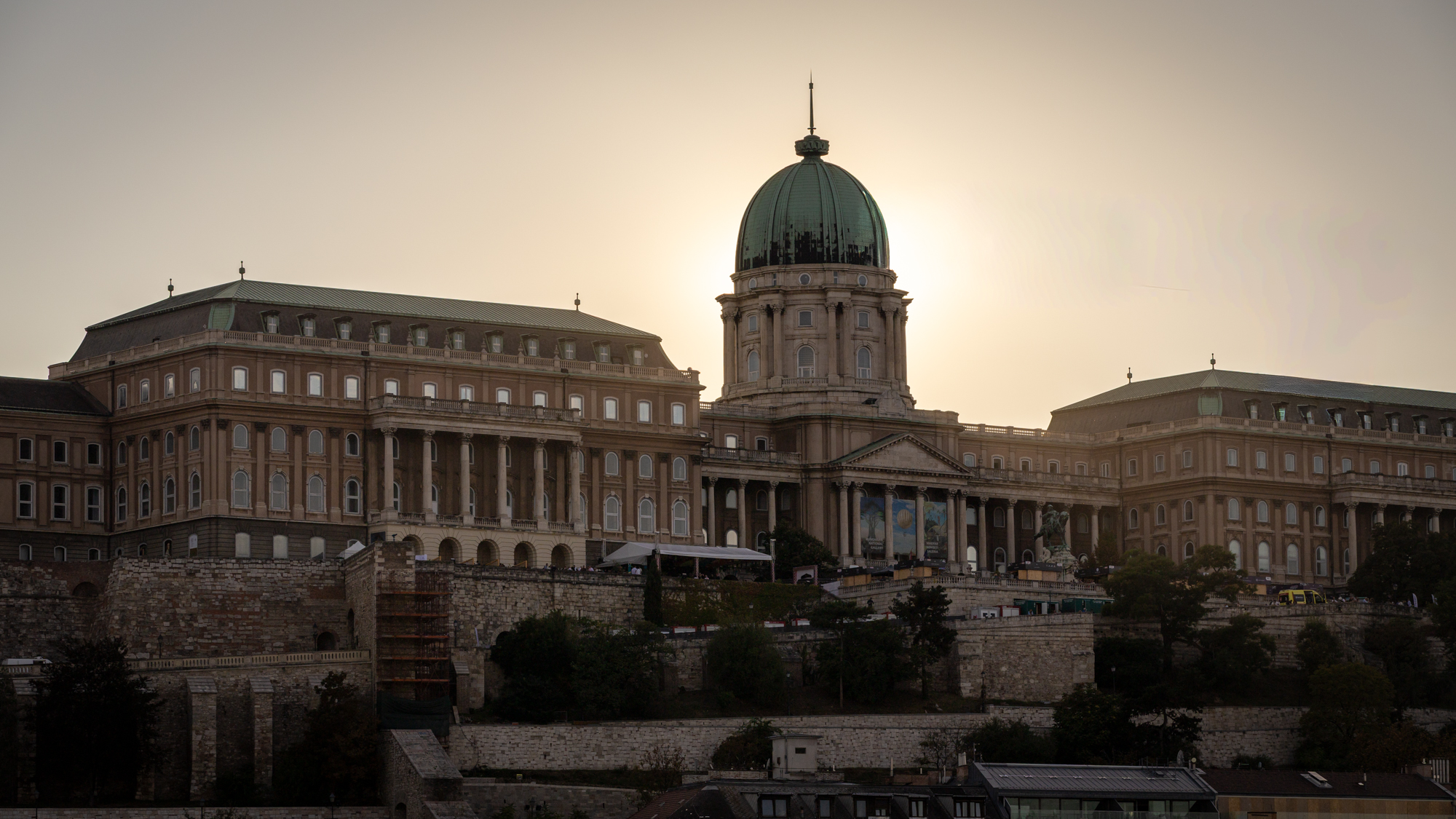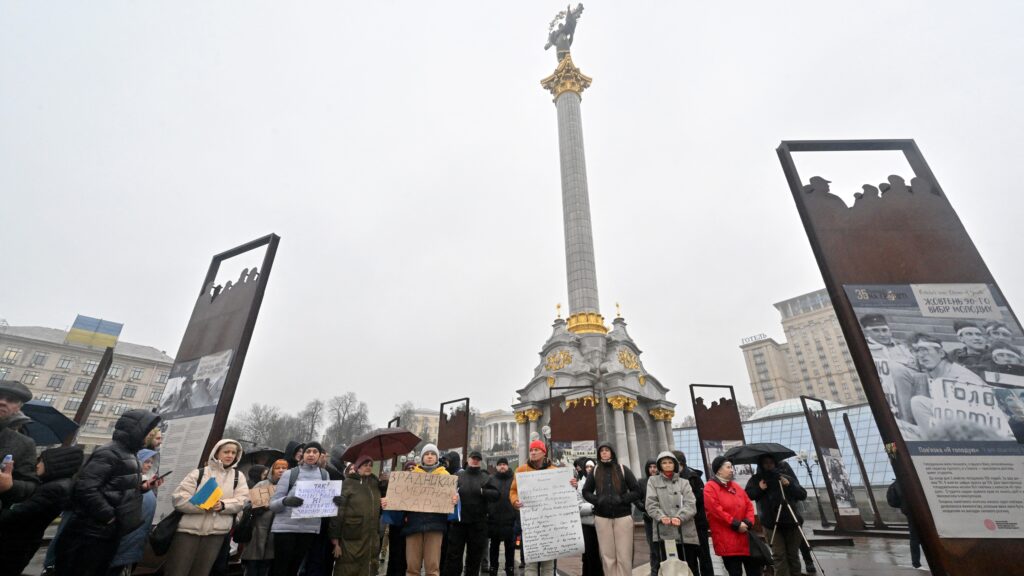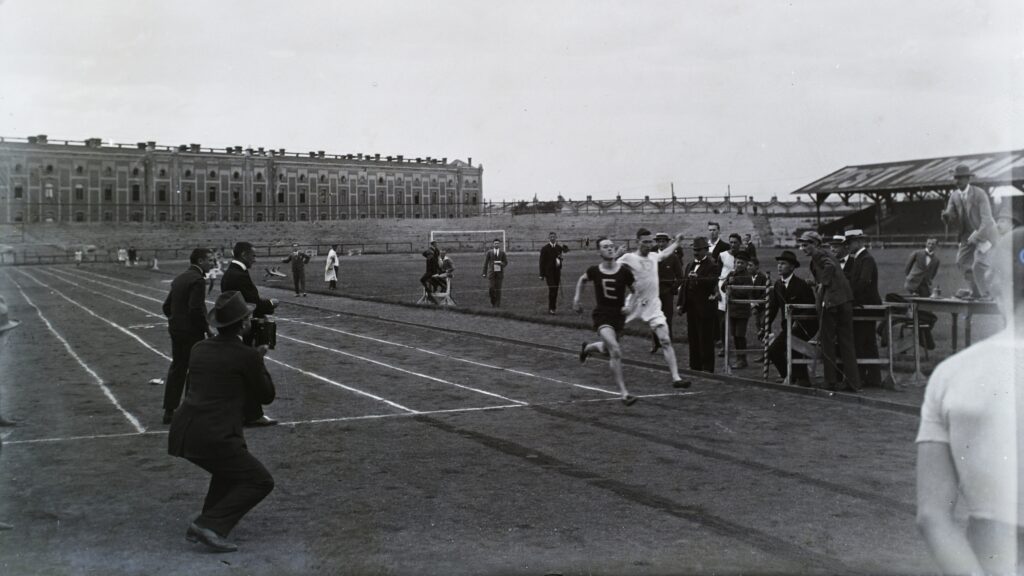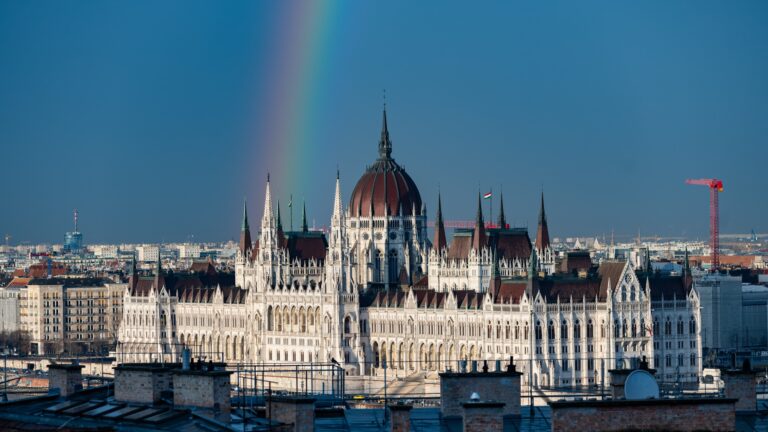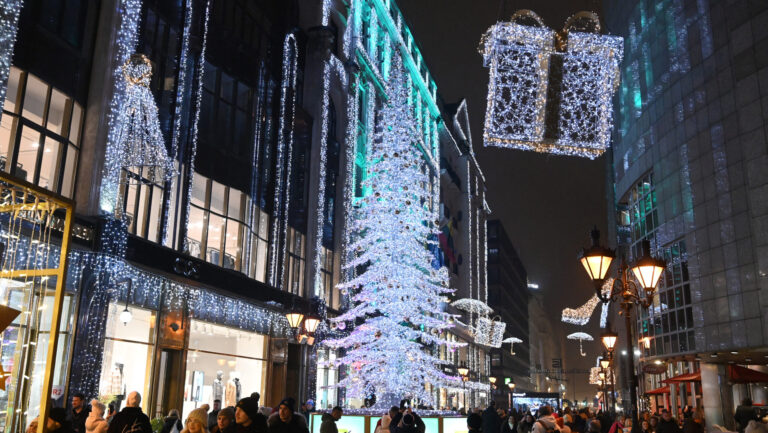During the 1919 Hungarian Council Republic, Buda Castle and District I became sites of symbolic displays, political lectures, and proletarian events, while corruption and requisition abuses among the Red Guard and bureaucrats undermined the regime. Newspapers and council records reveal both the ambitious attempts to reshape society and the practical failures of enforcement, illustrating the tensions between ideology and reality.
After the end of the First World War, the socialist-liberal revolution of Mihály Károlyi followed, which quickly ran aground after the Entente announced that the Romanians would occupy Hungary almost up to the Tisza River. Károlyi resolved to confront the Czech and Romanian forces. To this end, he planned to rely on Soviet Russia and intended to form a purely Social Democratic government to secure support for this foreign policy shift. However, his calculations went awry, as the Social Democrats did not want to govern alone and secretly reached an agreement with the communist leaders held in the detention centre. By the morning of 22 March, red flags were already flying over Budapest, marking the beginning of the ‘glorious 133 days’ of the so-called Council Republic—more precisely, the 133 days of the communist dictatorship, which for the first time elevated terror to a state level in Hungary.
Here we will largely focus on the events in District I of Budapest. Key sources for the events taking place in District I are the minutes of the meetings of the District I ‘Workers’ and Soldiers’ Council’, the main communist governing body of each district of the capital city. A significant portion of these sources, of course, dealt with areas that today are no longer part of District I, as at that time, District I was much larger.
The president of the workers’ council was one János Tomasovich, but famous communist leaders often visited. On 20 April, the infamous People’s Commissar György Lukács gave a lecture before the workers’ council: ‘What we must do now can be summarized in two short words. The two words: the revolution is in danger! The conspiracy of the internal and external bourgeois counter-revolution, of the world bourgeoisie, is currently threatening the cause of the Hungarian proletariat, and with it the cause of the world proletariat as well.’ As the philosopher and commissar elaborated, ‘today, essentially, every person must go to the front’, or else ‘the counter-revolution will triumph, and private property will return, and once again the exploitative power of capitalism will be here.’[1] As can be seen from the above speech, the District I workers’ council meetings mostly dealt with and commented on general, nationwide issues, with little attention given to local district matters.
One of the very first topics to spark disagreement was the role of women. After a certain Mrs Mór Braun spoke about greater involvement of women, President Miklós Simai stated that ‘he actually doesn’t much like working with women; he observed the operations of the Housing Office with Comrade Ágoston and can firmly assert that the way women operate drives a person completely mad.’ Council member Josefin Stéhna replied: ‘She objects to the president’s statement that he doesn’t like working with women. She acknowledges that there are women who are not suitable, but the same can be said of men. She does not recognize that today one can be a woman or a man; here, one can only be a proletarian’—an argument that would fit neatly into today’s gender discourse.
On one occasion, a certain Mrs József Laufer stated that ‘men urgently need to go to the front, and it is every woman’s duty to perform men’s work at home.’ The comment was not well-received. ‘Comrade Unger sees that the female members of the workers’ council are accusing the men of cowardice because they have not yet volunteered. In his view, this is unfounded, as everyone present is willing to sacrifice their life immediately for the proletarian dictatorship.’ Several council members did, in fact, go to the front, including Aladár Weisshaus, who later became a famous 1944 resistance fighter in Csepel, and who at that time worked as a railway employee at the Budapest Southern Railway Station.
‘Comrade Unger sees that the female members of the workers’ council are accusing the men of cowardice’
Many complaints were voiced by those radical communists who wanted to see a firmer, even more violent approach toward the middle and upper classes. Just in the meetings of 22 April and 6 May, a series of such statements—sometimes hair-raising—were recorded. According to the minutes, Mór Gruber ‘objects to the fact that the bourgeoisie are still loitering around the cafés. He recommends that cafés should no longer receive flour and sugar, and that food should instead be distributed among the proletarians.’
The requisition teams went out to collect weapons, and in the process, they observed that the wealthier citizens ‘have ten to 20 sacks of flour in their pantries in one place, and lard in barrels.’ Sándor Grosz added that it was not just weapons that needed to be seized, because ‘there is surplus food there, surplus gold and silver, tens of thousands of cigarettes, huge quantities of underwear, and he wants to take all of that too.’
Károly Csapkay, however, argued that nothing could be achieved ‘in this shameful bourgeois nest, in District I.’ ‘At Vigadó Square, around midday, idlers stroll by the hundreds—the bourgeoisie, in splendid clothes, with large gold chains around their waists—while a proletarian cannot even take their child out into the spring air because they cannot get shoes for them. Everything proves that there is no proletarian dictatorship, because if there were, all these scoundrels would be hanging from the first lamppost.’
This was a startling tone, but many responded in kind. ‘Comrade’ Lajos Pető said that ‘every bourgeois, every capitalist must be put to work cultivating the land. (Applause.) While we go to the front to defend the proletarian dictatorship, the bourgeoisie must be forced, by violence if needed, to farm the lands that we cannot cultivate. They will work under supervision, so there will be something for proletarian children to eat. If they truly begin to work, to dig and hoe, then there will be food for them, too. But whoever refuses to work should die.’
‘Comrade’ Gyula Sikos was outraged because ‘a baroness was arrested for counter-revolutionary behaviour, but because they called her insane, instead of sending her to an asylum, or shooting her, she was dismissed from the police.’ In his view, ‘therefore, there is no real proletarian dictatorship.’
‘Comrade’ József Brezina complained that furniture and food meant for distribution were being burned by the ‘rich’ rather than handed over to the poor. ‘The dictatorship is particularly not strong enough at the centre…I ask the Workers’ Council: How is it possible that here we may only act through the decrees of the people’s commissars, while in Rákospalota there are two or three hangings every week.’ Brezina wanted military courts for such people: ‘Let’s close the debate.’
‘Whoever refuses to work should die’
Finally, ‘Comrade’ József Kőrösi recalled that ‘there are cases where a proletarian family was moved into a bourgeois flat of five or six rooms. Not only were they not given furniture, but everything was locked away so they could not use the apartment. This is unbearable; either we cut the festering wound out radically with a scalpel—(right!)—or we should not play at a proletarian dictatorship, we should not make a comedy of it. Come what may, we must act decisively. In Russia, they tied stones to people’s feet and threw them into the Neva. In Budapest, the Danube flows—I say this to the comrades.’ ‘We did not make a revolution for fun,’ someone added.
Another problem was corruption, which was blamed not only on the council republic’s bureaucracy but also on its Red Guard. ‘In District I, there were requisitions on Sunday and Monday evenings, and a lot of trouble occurred in connection with them. The requisition teams had to be assembled quickly, and as a result, unsuitable comrades were sent out, and several returned drunk,’ one ‘comrade’ admitted.
Elsewhere, it was recalled that members of the Márvány Street Red Guard were stealing the produce brought in by peasants from the countryside: ‘We see that the red guards take a few eggs and a couple of litres of milk from those who come up from the countryside. The proletariat should be glad when foodstuffs are brought up from the countryside. It may be acceptable to take goods from someone who brings up a larger quantity, but the requisition of food brought in open carts should be forbidden.’
Alongside requisition-related matters of this kind, bureaucratic corruption also came to light. On 6 May, Jolán Kelen (née Jolán Blume Fried), the later well-known socialist writer and historian who also chaired the cultural committee, harshly criticized the corruption: ‘This system has destroyed many things from the old society, but it has left something intact, and dismantling that is most necessary. With the greatest sadness, she sees that red corruption has taken the place of bourgeois corruption. She knows of cases where members of the executive committee have placed themselves in favourable positions.’
Some even named corrupt officials, and here we find a familiar name: ‘Comrade Rezső Szeifert is of the opinion that the proletarian dictatorship is not energetic enough…In many places, we found documents bearing the signature of a certain Mátyás Rákosi stating that they have no clothing or other requisitionable items. There are also weapon-carrying permits with Mátyás Rákosi’s signature. I did not know the person in question closely, but it is certain that someone who is connected with General Tersztyánszky cannot be a proletarian, and I will not enumerate all the suspicious circumstances. I will only add that fuel is brought to this person by cart, allegedly his entire annual supply, whereas the proletarians can hardly obtain fuel for their lunch.’ Here he was referring to a well-known conservative, who apparently had received permits from Rákosi, the later Communist dictator of Hungary—back then a simple commissar for the People’s Republic—to pile up wares and weapons.
A few press sources from the time of the council republic mention the Castle, although the news mostly dealt with District I in general and paid little attention to the Castle itself. In any case, a report on the May Day celebrations highlighted that the evening programme ended with red fireworks: ‘around the Fisherman’s Bastion red fire billowed, and from every window of the Buda Castle red light also shone.’ The newspaper Est noted that ‘the Castle is red, and every part, every fibre of the great city is red’, but interestingly, it did not report that the replica of the Holy Crown atop the Buda Castle Palace dome was also covered with a red cloth—something we can fortunately verify from a surviving photograph.
According to the workers’ council records, by 1 May, the district, including the Castle, was to be draped in red, but this was costly, so the coal needed for painting was instead allocated to the ammunition factories. In June 1919 the ‘2nd Garrison Band’ held a ‘proletarian concert’ at the Castle Garden kiosk, organized by the music department of the People’s Commissariat of War.
Newspapers reported that at the same time, the Ferdinánd (later Nándor) Barracks were renamed Liebknecht Barracks, after the German Marxist politician Karl Liebknecht, who had been murdered earlier that year. Meanwhile, the Red Guard was based in the archducal palace—thoroughly ransacking it—and the Budapest Military District Command was also located in the Castle, at Várszínház Street 7, 1st floor, room 91. Despite its grandiose displays and ideological fervour, the Council Republic’s efforts in Buda Castle exposed the fragility and contradictions of revolutionary rule. Eventually, the events reveal how the conflict between radical ideals and human behaviour shaped both the promise and the pitfalls of early Hungarian communism.
[1] All quotes are from: Budapest Főváros Levéltára, XVI.21. 1.
Related articles:

